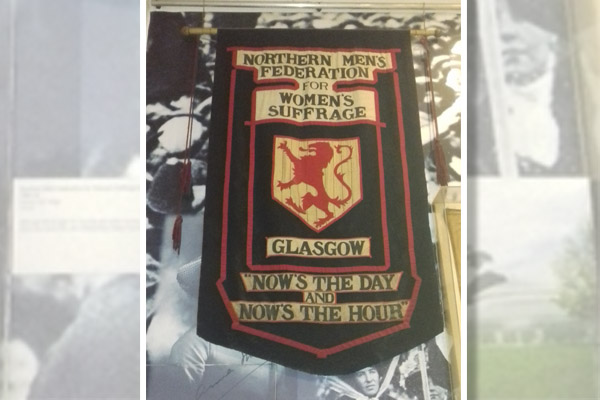“The People’s Friend” Writing Tips

For the purpose of this post, I want to highlight some writing tips from “The People’s Friend” that aren’t covered in the fiction guidelines and will help improve your stories.
Viewpoint shifts
Simply put, don’t do it. It’s one viewpoint per scene or chapter. It’s easy to get caught up in viewpoint shifts, especially if it’s a conversation or scene involving different characters. The temptation is sometimes to change direction, seeing events from another’s viewpoint.
Viewpoint shifts can occur is serials too. At the serial outline stage, we always ask writers to highlight the main characters – too many, and the main protagonist can become tepid and lost in a sea of faces.
For new serial writers, I recommend no more than two viewpoints, which will help balance out scenes.
Sometimes serial writers veer off course, and a random character will suddenly adopt a viewpoint. This can confuse the reader – be consistent with your viewpoint characters.
No protagonist
A story can have engaging, colourful characters, but unless there is a definite protagonist, the plot will lack direction. Give the reader a heroine or hero to follow and get behind. It will also give the story a focal point and help establish character goals.
Overused punctuation marks
Some writers are fond of a comma or two. Some like to use an exclamation mark or colon. I am partial to the dash myself – what’s not to like. Of course, any punctuation mark can be used in a story, but ask yourself if it’s really necessary. Writers often get into little habits without really knowing it.
Tenses
Whether writing in the past or present tense, be consistent with your use of tenses. Errors often occur through narration and dialogue shifts.
For example: Jess knew her brother didn’t like football. “Come to the match with me and I’ll buy you an ice-cream,” she says, appealing to his sweet tooth. Of course, the verb should be “said” to stay consistent with the past tense narration.
Token gestures
Writers sometimes send me stories based around seasons or months. That’s perfectly fine, but often the season or month is a token gesture. Take the following: It was a cold day in July…
That might be the only time July is mentioned, so ask yourself if a particular timeframe is important in your story. If so, make more of it and incorporate it into the plot.
Time period
If your story is set in the past, highlight the time period somewhere in the story, preferably at the beginning. A common question we are asked by the Production team is, “When is the story set?”
Clearly highlighting this information will help enhance the story.










